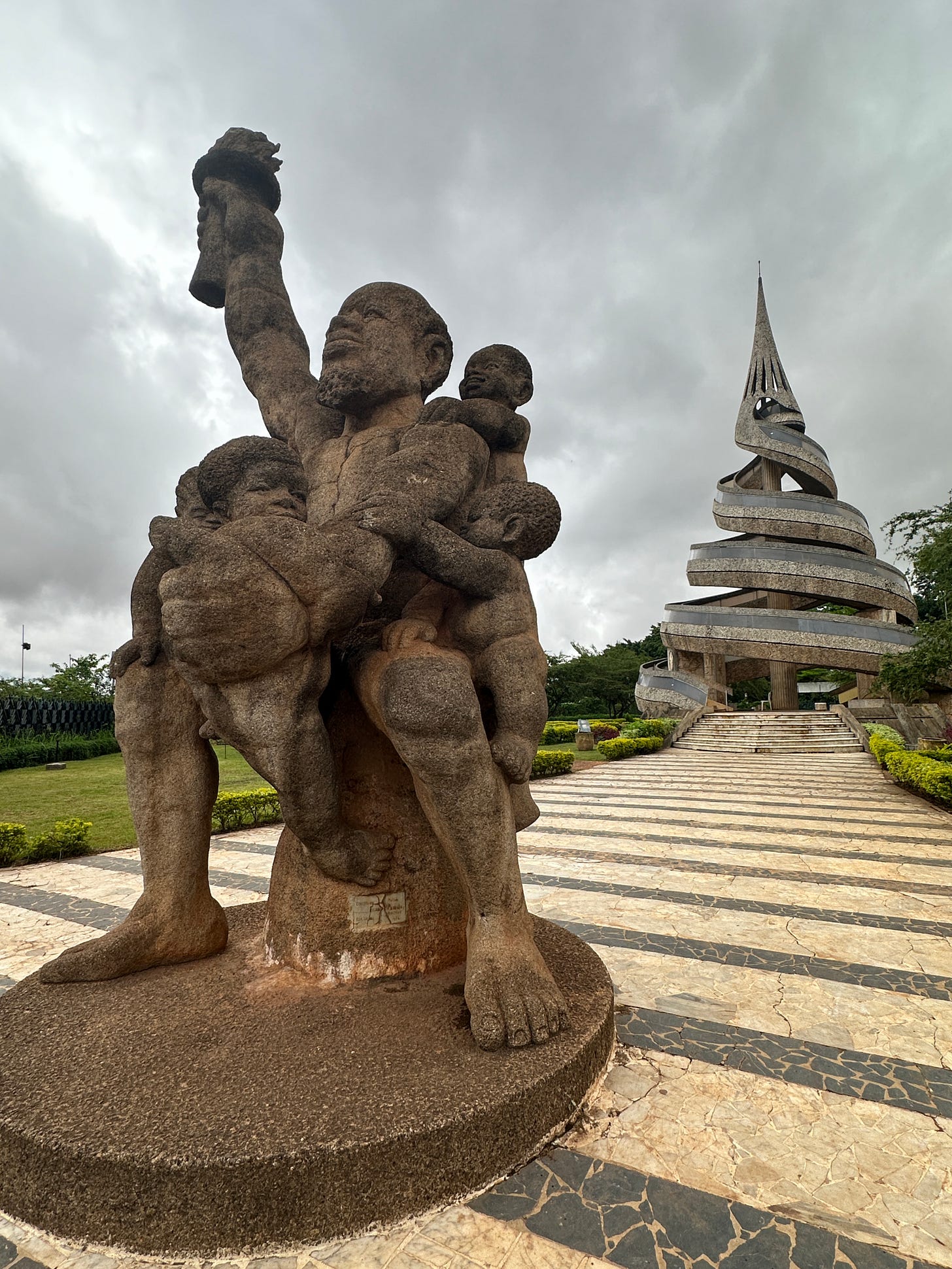
The sky was overcast in Youndé, but the weather in my head was hopeful. Cameroon was a country that had conjured up images of complexity, conflict, community and culture - and I’d just landed. Recently, I experienced expressions in full force going from DRC to Brazzaville by boat, then onwards to Pointe Noire on the coast of the Republic of the Congo.
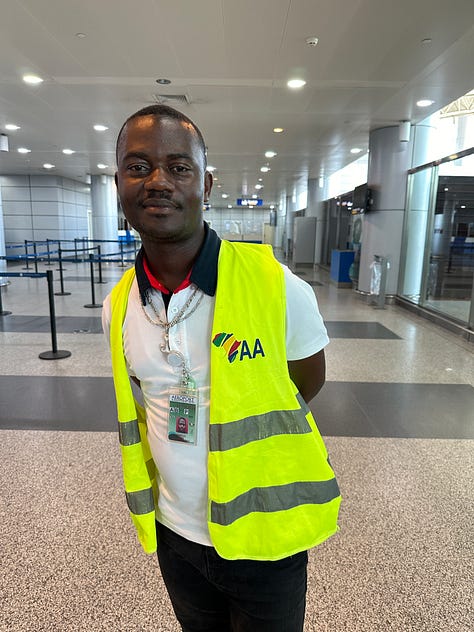
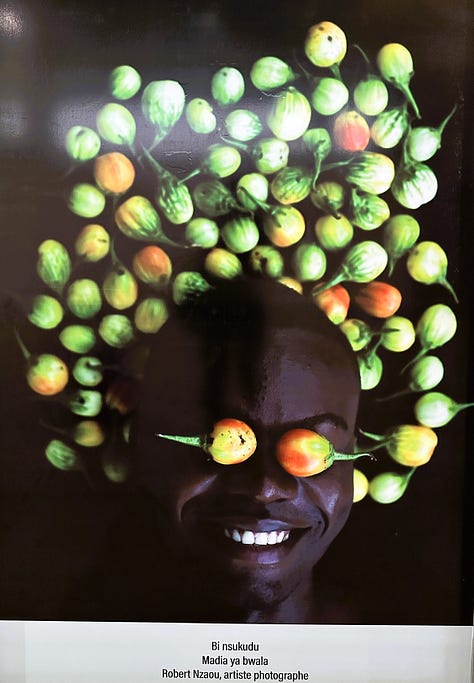
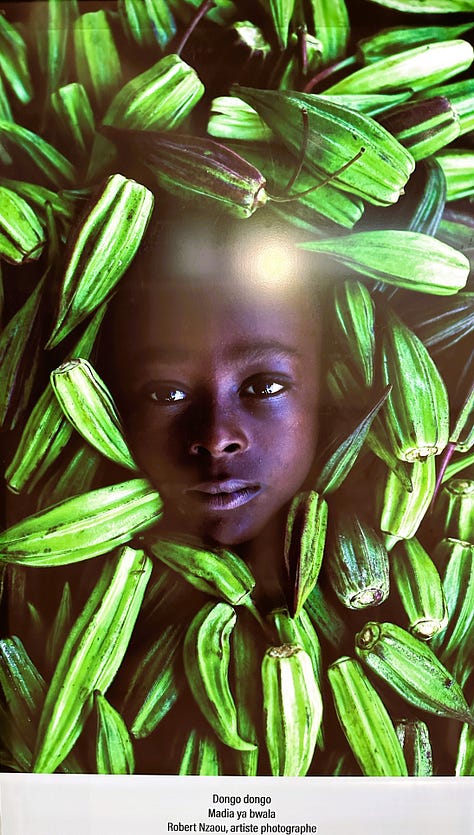

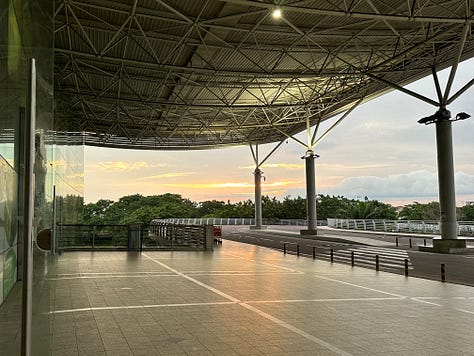
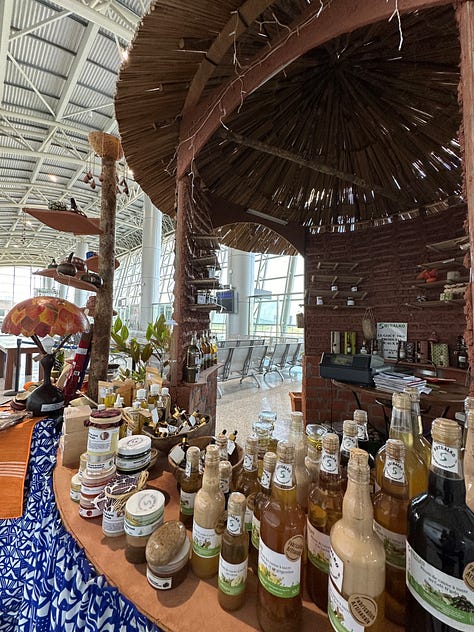
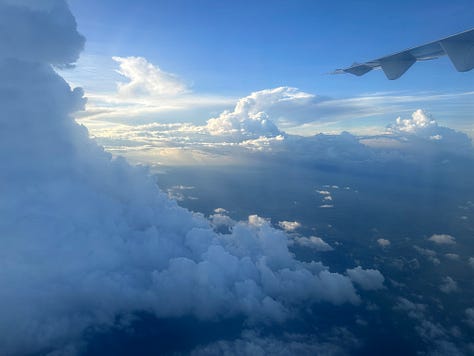
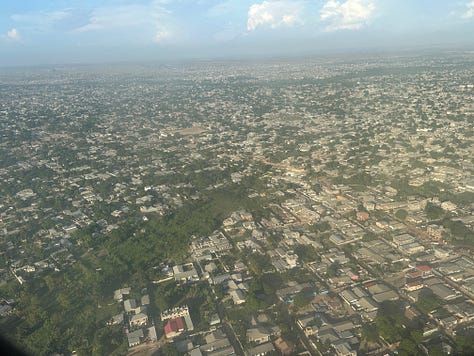
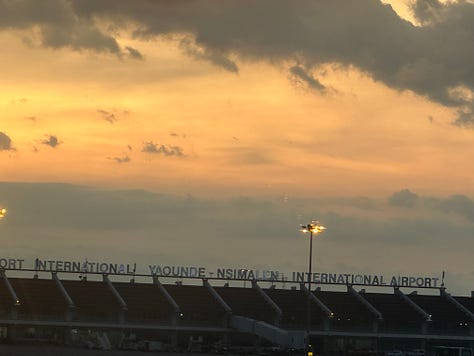
Lying on the junction between Central and Western Africa, Cameroon was named after the Rio dos Camarões (“River of Prawns”) by Portuguese explorers. Home to more than 200 ethnic groups, the country is often described as an “ethnic crossroads” where one can hear a multiplicity of mother tongues, from the Sudanic speaking peoples in the north, the Semi-bantu in the west and Bantu speaking people (which encompasses 500 languages!) in the south.
Today, English and French represent the country’s official languages, and as such, have also been the source of significant strife. While nearly a decade has passed since the Anglophone crisis, conflict, armed insurgencies and mass displacement internally and internationally has drawn much attention, advocacy and activity. Indeed, the peaceful coming together of the two linguistic Cameroons was no simple situation.
What does it take to together-ify? Even at the level of two beings, two sides, two peoples, there seems to be more than two perspectives, and paths …
The Reunification monument aims to capture Cameroon’s conundrum. In front of the main spiral cone is a statue of a man, arms outstretched to hold the national torch. Symbolizing freedom and the passing on of the country’s culture, tradition and history, he is also surrounded by five provinces which are illustrated as five children. Representing both languages, whichever (intertwining) staircase you take to get to the top, both parts of Cameroon unite to offer lovely views of the city.
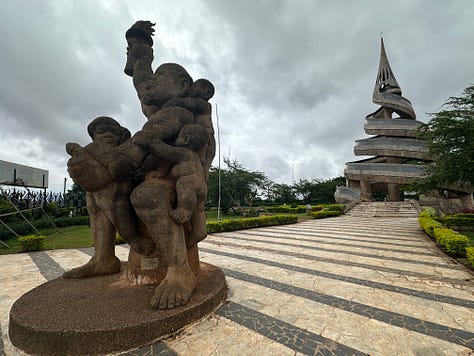
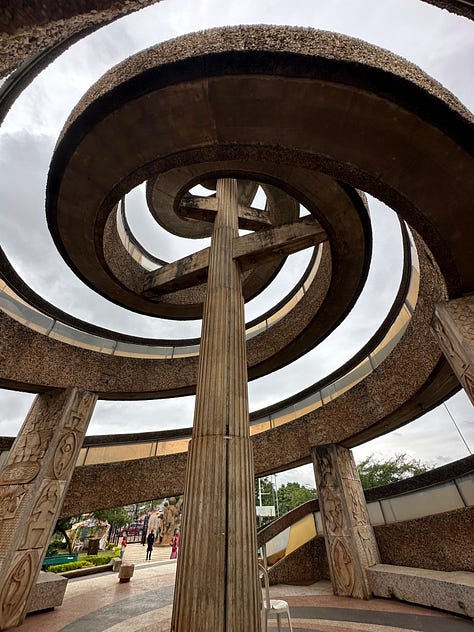
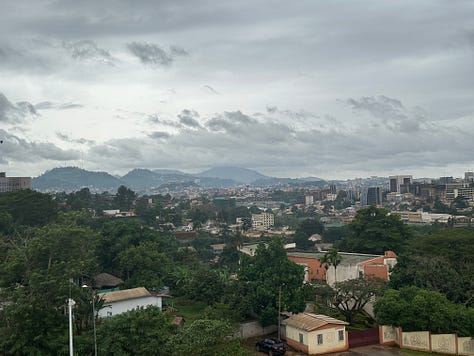
The way down continues to the underground. On the main level, the four pillars depict the daily lives of Cameroonians including harvesting, hunting, fishing, mask making and education.
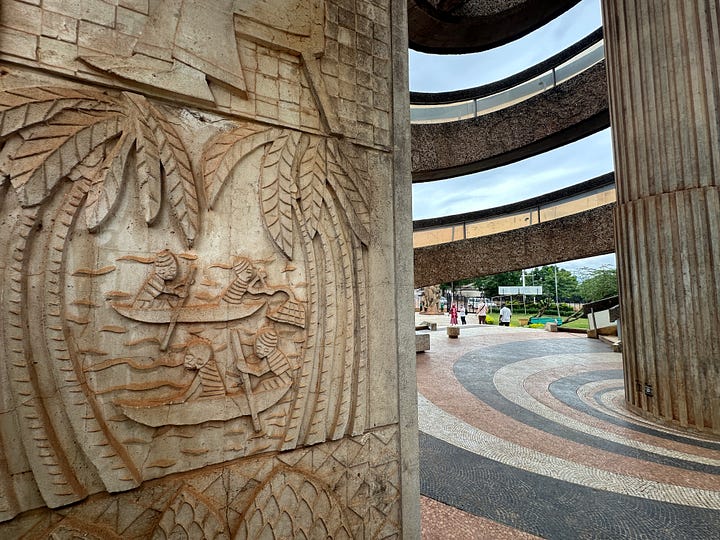
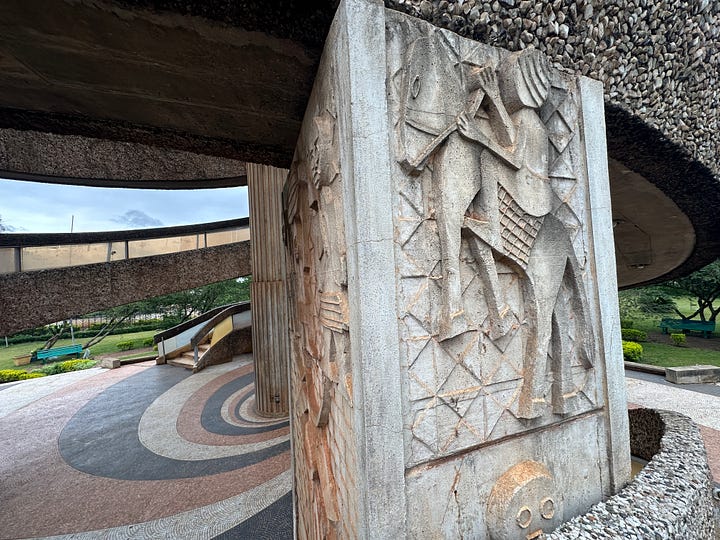
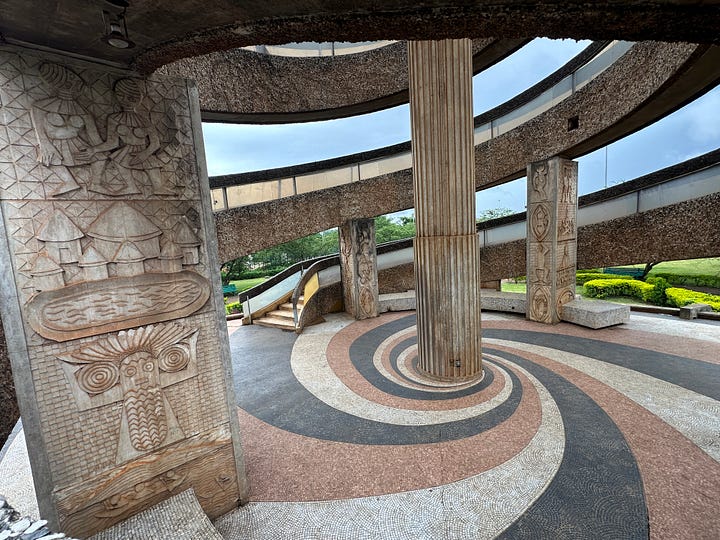
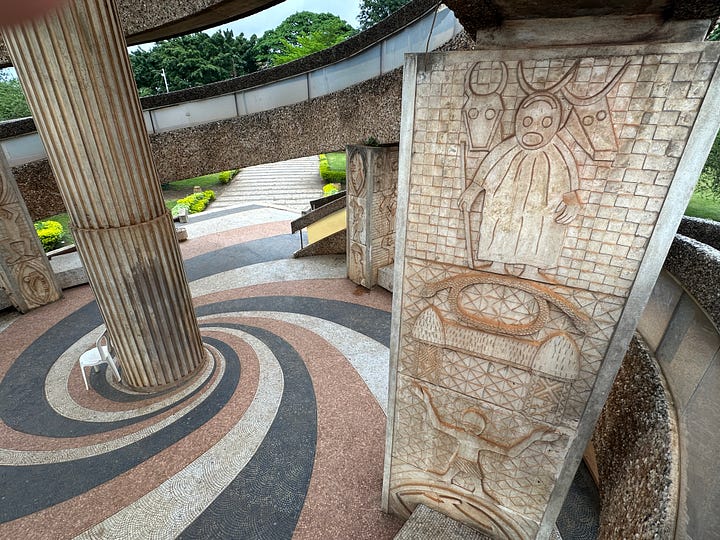
Most nations try to navigate their traditions, times and trajectories. Yet, as we look to the lessons that these places and peoples have presented, I wondered why what’s leveraged seems to be so little.
Isn’t it incredulous how much we resist the other? While we all don’t necessarily need to be besties, the burdens can become unbearable when we choose to see past our commonality and instead sharpen our senses to the superficialities that may separate us.
Walking up and down the spirals, I found my mind curling its way around these fundamental flaws and forces.
Through the circuitous cement that led me along Cameroon’s reunification monument, I pondered at how precarious the line can be between what drives us bonkers to the bulldozing impacts of conflict. Having the fortune of aligning peoples, perspectives and powers through illustrious leadership can help resuscitate reservation - a hack that seems much needed, and not only in this part of world ...
I oscillated between the top and bottom floors, trying to follow then circumvent the school trip that had brought many Cameroonian youth out here to also explore.
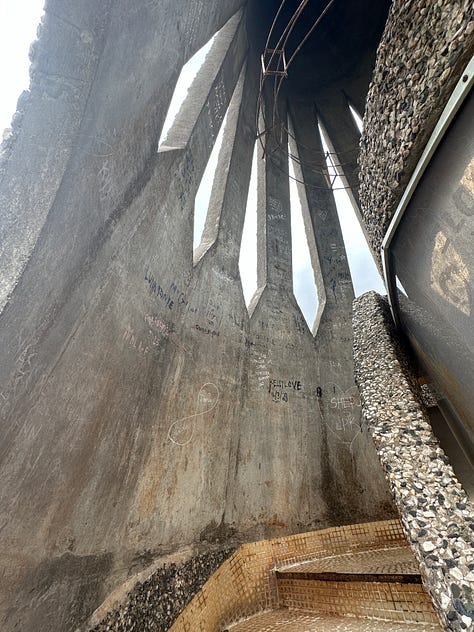
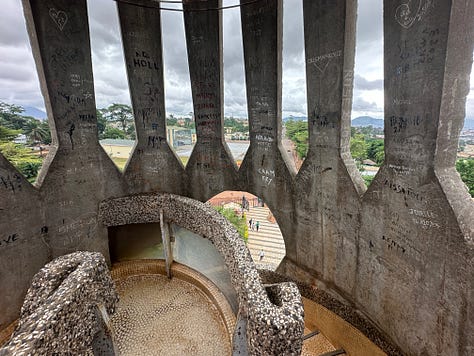
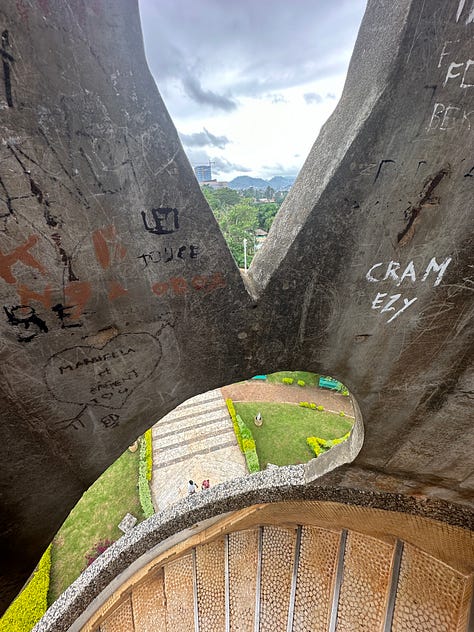
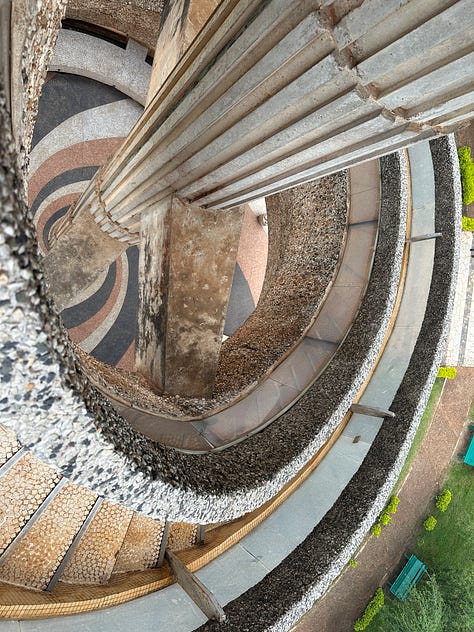
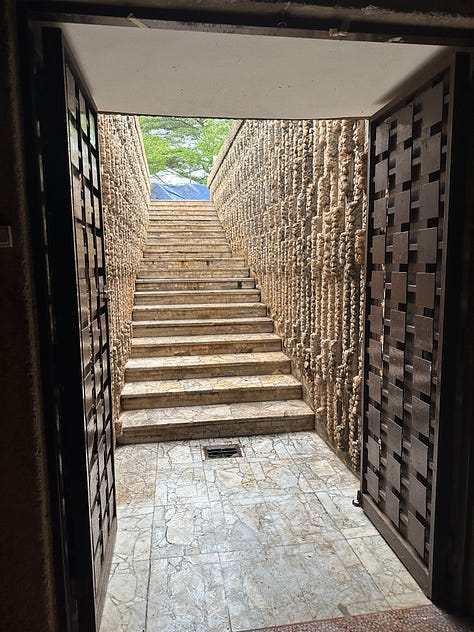
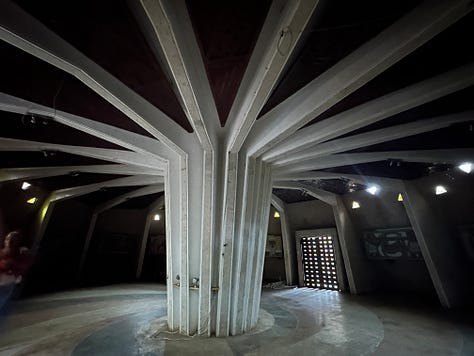
Underneath, there was more to explore - luckily it came in handy, because it rained after all!
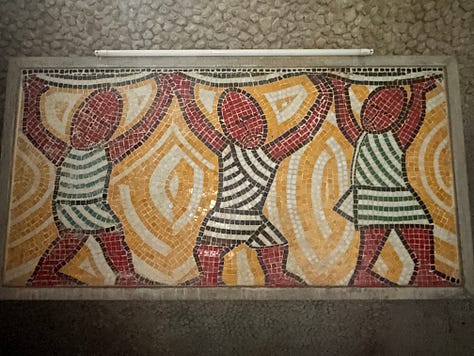
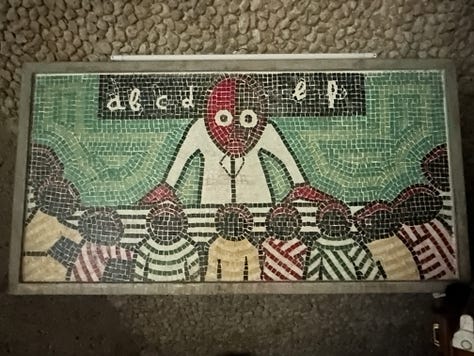

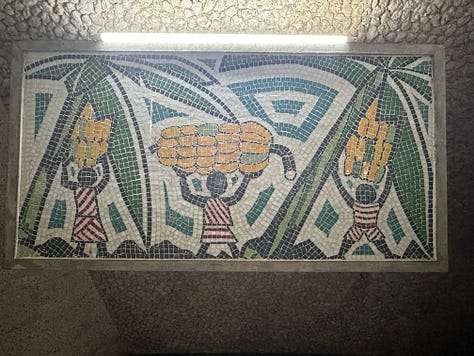
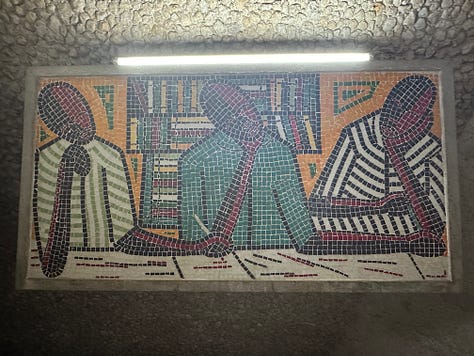
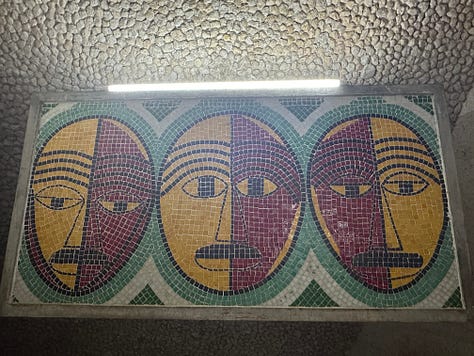
Emerging from the basement, I felt like I’d taken my first few steps into appreciating Cameroon … and this was just the beginning.
May we, together-ify regardless of all the odds, opposition and outbursts,


